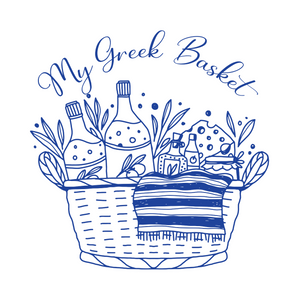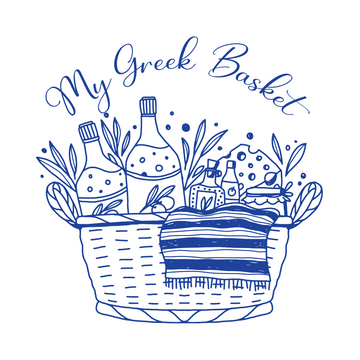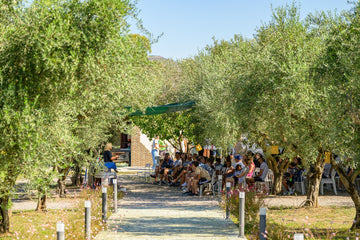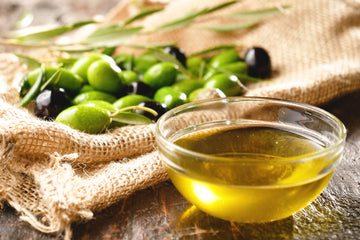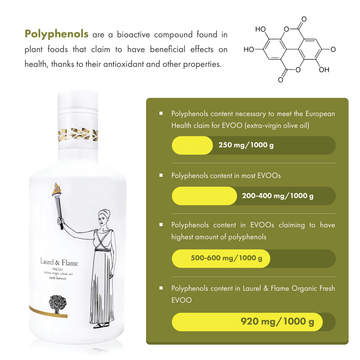
1) Time olives are harvested
The earlier the better for polyphenol content. EVOO made of greener olives supposedly has the highest concentration of antioxidants and other valuable bioactive compounds compared to those made of fully ripe olives. One can usually taste the difference - oils made from fully matured olives typically have a smoother, more buttery taste, while polyphenol-rich EVOOs are usually have more bitterness and a peppery bite. Most of The Olive Temple EVOOs in our collection are early harvest and very polyphenol rich.
2) Olive Varietal
Some olive varieties are naturally higher in polyphenols than others. Seeking out a monovarietal oil or a blend made of olive types that are known to be high in polyphenols would most likely point you to a polyphenol-rich oil. One of the olive types known for high polyphenols is Koroneiki. Most of The Olive Temple oils are made of this variety either as a monovarietal EVOO or as a blend with 90% of Koroneiki variety in it. Another extremely polyphenol-rich variety and also a very rare one is Tsabidolia, that only grows in the Ancient Olympia region. Our most awarded EVOO - Laurel & Flame Fresh is a monovarietal oil made solely of Tsabidolia olives.
3) Extraction Conditions
Polyphenols are lost when techniques meant to enhance yield are utilized. Things such as adding water, heating the paste, and increasing malaxation time mean your oil will contain less polyphenols. None of our oils have added water and are guaranteed to be cold-pressed (usually at 21-22C) within a minimal malaxation time.
4) Storage Conditions
The longer an oil sits, the less polyphenols it will have. Once purchased, an extra-virgin olive oil should be stored correctly - in a cool dark place away from a hot stove. It is best to use your olive oil within a month or three of opening the bottle.
